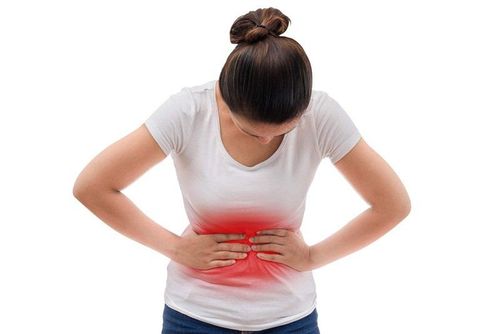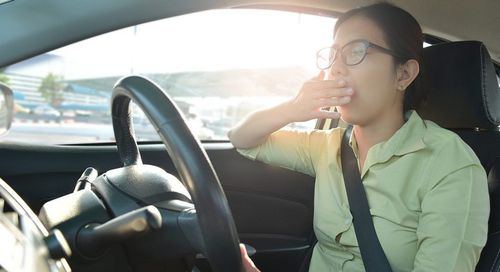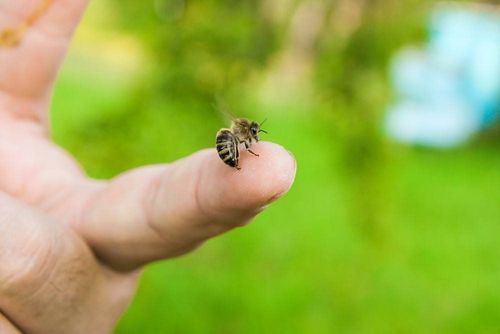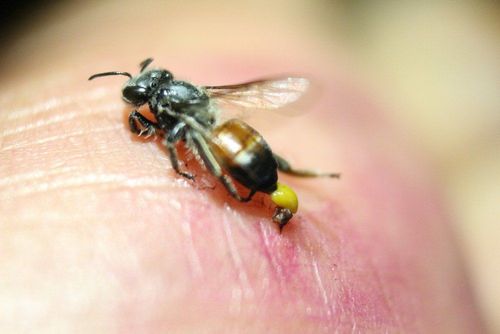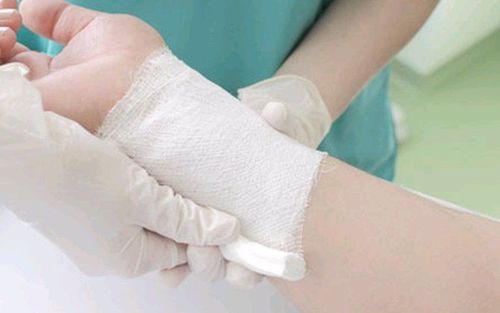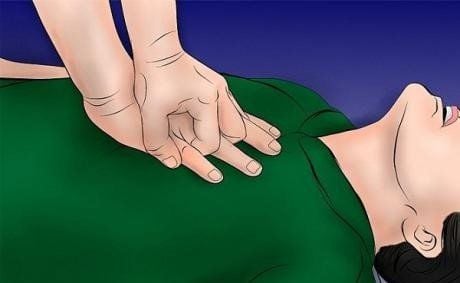This is an automatically translated article.
The article was written by doctors of Emergency Resuscitation Department, Vinmec Phu Quoc International General HospitalFirst aid is the first aid and intervention of the first aid person with the victim, injured, acutely ill. If you are the first person at the scene, when approaching the victim, immediately give first aid to the victim with your knowledge and available means, and immediately call for help and call for medical assistance. emergency.
1. Early first aid determines the life and health of the victim
First aid is important to the victim because first aid will decide the life or death of the victim. Patients will survive if first aid is timely and correct, or at least leaves the least or mildest possible sequelae. Timely first aid will make life functions preserved, living functions will be restored.
Late or improper first aid will make the victim's chances of survival disappear, or leave a permanent disability if the life is saved. Victims who do not receive first aid early will lead to respiratory arrest, then cardiac arrest. If cardiac arrest occurs without timely compression, after 5 minutes, it will cause severe brain damage. The brain will be irreversibly damaged if there is no blood flow after 10 minutes as a result of cardiac arrest. In these cases, if the victim can be saved, the victim will also live a vegetative life, creating a burden on the family and society. So timing is paramount in first aid. Time is the life of the victim.
2. How should the victim give first aid?
When you approach the victim, you must perform first aid at the same time as calling for help from others and immediately calling an ambulance (call 911 for example). The essential requirements for first aid personnel are to be calm to handle.
First of all, you need to quickly assess the scene to ensure the safety of both yourself and the victim, make sure the power source is safe, the power junction has been disconnected, there is no risk of fire, explosion or contamination around. matter. Then you quickly assess the victim's injury before performing first aid, initially treating the injury in order of priority. After giving first aid, immediately take the victim to a medical facility.
3. Emergency Procedure: Treat according to ABCDE procedure below
3.1. Airway (A - Airway) In airway management, first of all, it is necessary to know if the patient is awake and can still be contacted? If there is an obstruction, the following actions should be taken immediately:
Lean over close to the victim's mouth to see if he is still breathing or not. Open the victim's mouth to check for sputum, foreign objects or not? If there is a lot of sputum, use your fingers to pick out the foreign body of sputum.

Móc dị vật họng miệng
If the victim is still having difficulty breathing, tilt the head back, and push the lower jaw to raise the chin to keep the airway straight, helping the airway to open more.
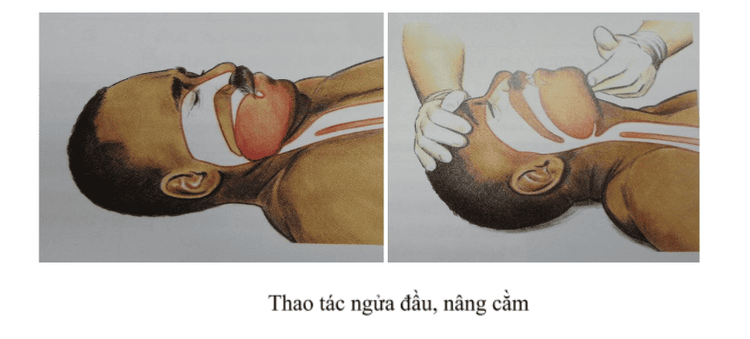
Ngửa đầu bệnh nhân ra sau và đẩy hàm dưới nâng cằm lên
3.2. Respiratory (B - Breathing) If the victim is found to be yawning, or stops breathing, turns pale, immediately perform artificial respiration by blowing air into the victim's mouth or nose. If the victim has a large open chest injury, bleeding a lot, it is necessary to immediately place a large gauze pad or put clean clothes on the wound and cover the wound with a bandage, the purpose of stopping the bleeding and limiting the gas entering the chest cavity (because the air entering makes the the victim has difficulty breathing). Absolutely do not remove the foreign body plugged in the chest because there is a risk of causing massive bleeding, causing the victim to die quickly.
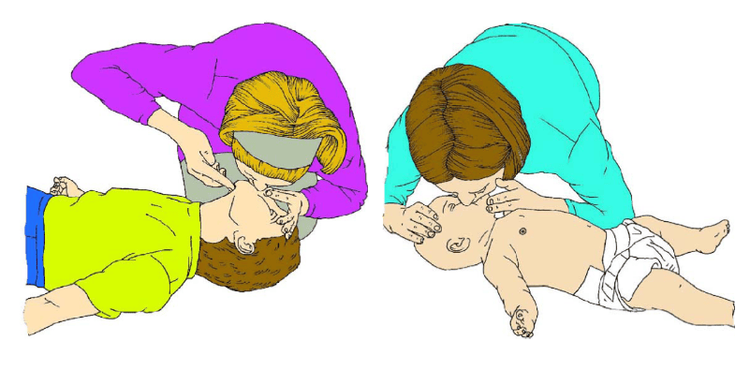
Hô hấp nhân tạo cho bệnh nhân
3.3. Circulation (C - Circulation) Assess circulation by taking a peripheral pulse at the wrist, neck, or groin. If it is difficult or impossible to catch, the victim is in a state of severe shock, possibly about to go into cardiac arrest. Measures to stop bleeding such as dressing or applying pressure to the bleeding site with clean sterile clothing or gauze as possible, remain in place until medical personnel arrive. gauze being kept to replace new gauze will make the bleeding stronger and difficult to stop. In addition, it is necessary to raise the bleeding limb to the level of the heart and keep it the same, which will have the effect of causing blood to rush to the heart and brain. Only insert the garo if the limb has been amputated and is still bleeding.
In case the victim has a cardiac arrest, it is necessary to conduct cardiopulmonary resuscitation with chest compressions. Chest compressions at a rate of 100-120 beats/min. After 30 times of chest compressions, it is necessary to give 2 breaths to the victim. Two people are best, one with chest compressions, one with CPR, and can take turns.
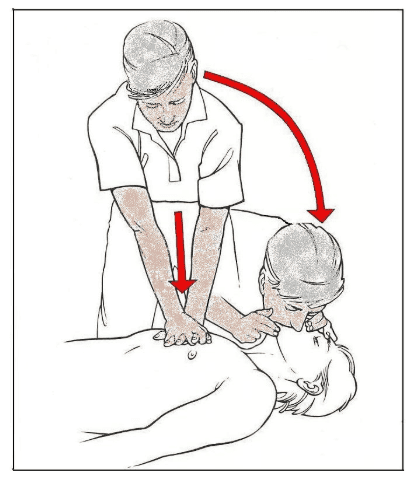
Ép tim ngoài lồng ngực
3.4. Nervous system (D - Disability) It is necessary to quickly assess the damage to the nervous system by quickly assessing whether the victim is awake, can communicate normally, can answer questions correctly, has arms and legs when he is awake. pinch pain or not. If the victim does not respond to questioning or painful stimuli, then the victim is comatose and needs to be transported to a medical facility immediately.
3.5. Full body exposure (E - Exposure) A principle in the initial examination and assessment of injuries in first aid is to remove all of the victim's clothing to assess other injuries for treatment. If the victim is suspected of having cervical or lumbar spine injury, it is advisable to remain immobile during the examination. When paying attention to hypothermia, especially in winter, it must be done quickly and then immediately cover the victim. Women should pay attention to whether they are pregnant or not. Immobilize on a hard board or hard floor, avoid displacement of the victim causing complications if there is damage to the spine.
Conclusion: The purpose of first aid is to try to save the victim's life promptly and quickly by all available measures and means, preventing the medical condition or injury from worsening. In addition, proper first aid will contribute to promoting the healing process, the patient's quick recovery and discharge from the hospital as soon as possible.
Please dial HOTLINE for more information or register for an appointment HERE. Download MyVinmec app to make appointments faster and to manage your bookings easily.




